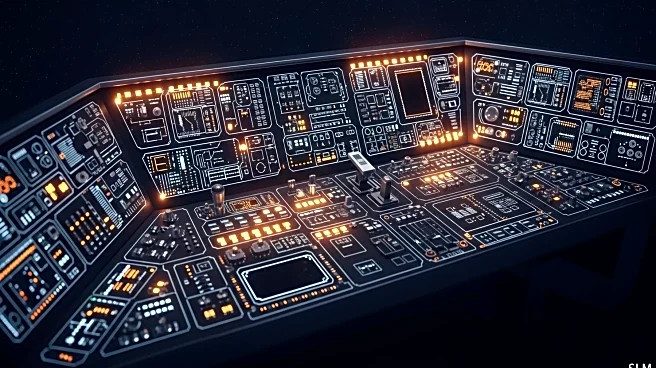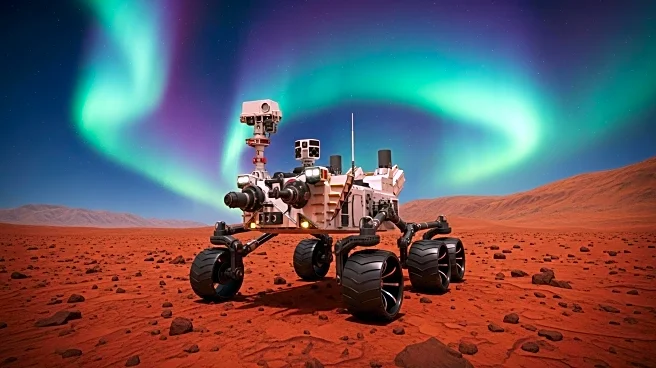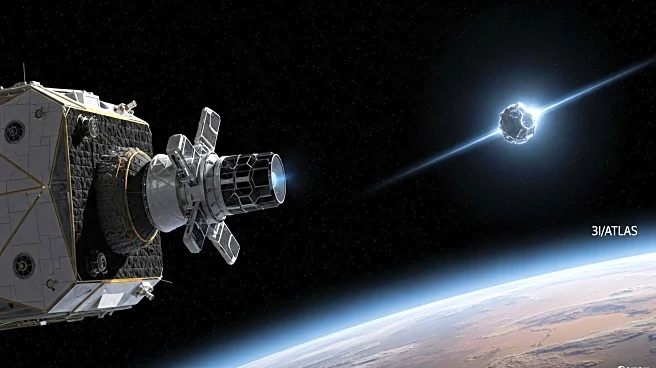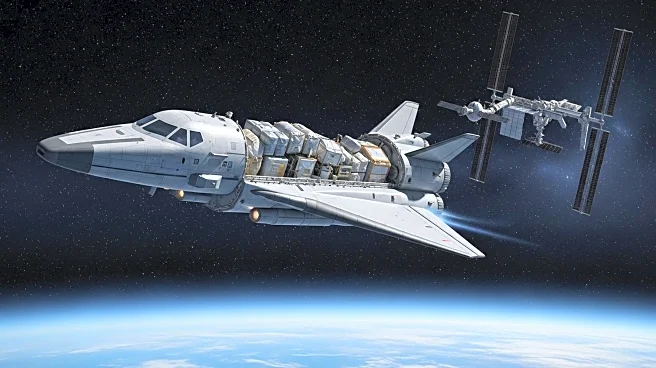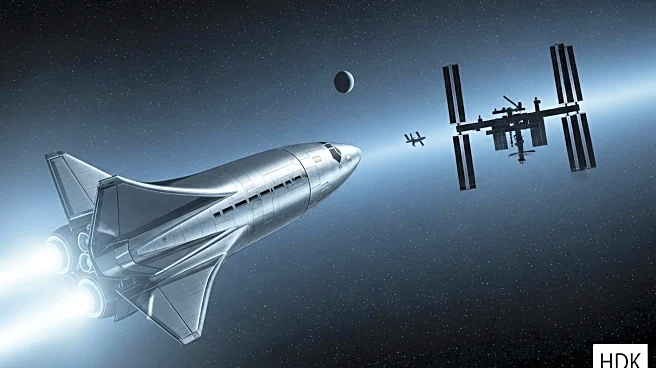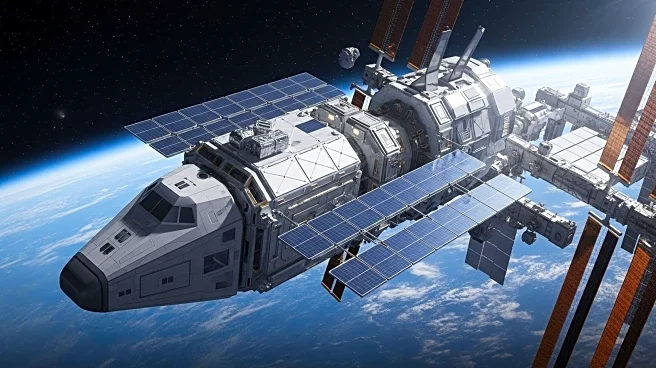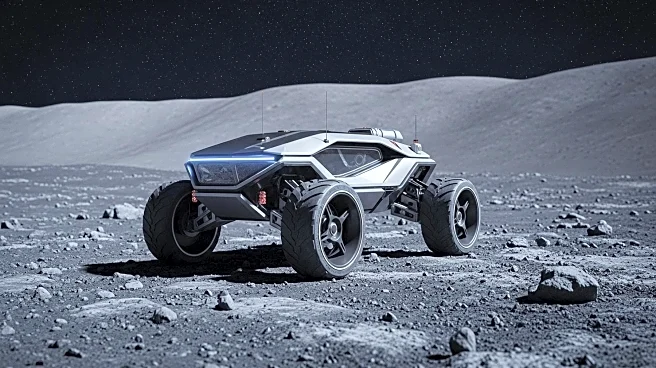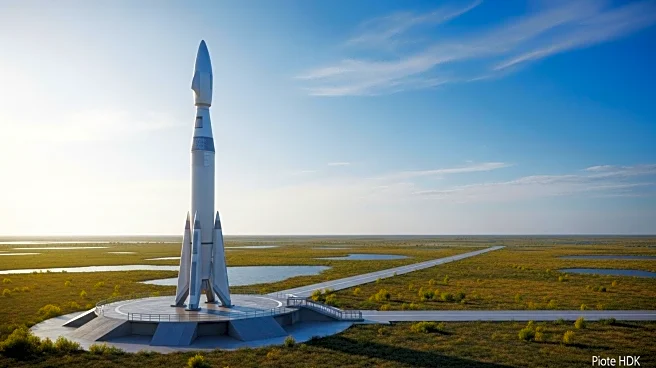What is the story about?
What's Happening?
NASA's Space Launch System (SLS) rocket, designed for deep space exploration, relies on advanced avionics systems to guide its flight. These systems, often referred to as the 'brains' of the rocket, include flight computers and engine controllers that ensure precise navigation and control. The avionics have undergone extensive testing at NASA's Marshall Space Flight Center to verify their performance under the harsh conditions of launch and space travel. The SLS is equipped with multiple avionics units that communicate with each other and the Orion spacecraft, coordinating the rocket's trajectory and engine performance.
Why It's Important?
The avionics systems are critical for the success of NASA's Artemis missions, which aim to return humans to the Moon and eventually reach Mars. Reliable avionics ensure the rocket can safely navigate and execute complex maneuvers, making them essential for mission success. The development and testing of these systems highlight NASA's commitment to advancing space exploration technology, paving the way for future deep space missions.
What's Next?
As NASA prepares for the Artemis I mission, further testing and integration of the avionics systems will continue. The successful deployment of these systems will be crucial for the upcoming crewed missions, ensuring the safety and reliability of the SLS rocket. NASA will also focus on refining the avionics technology for future missions, potentially incorporating new advancements to enhance performance.
AI Generated Content
Do you find this article useful?
